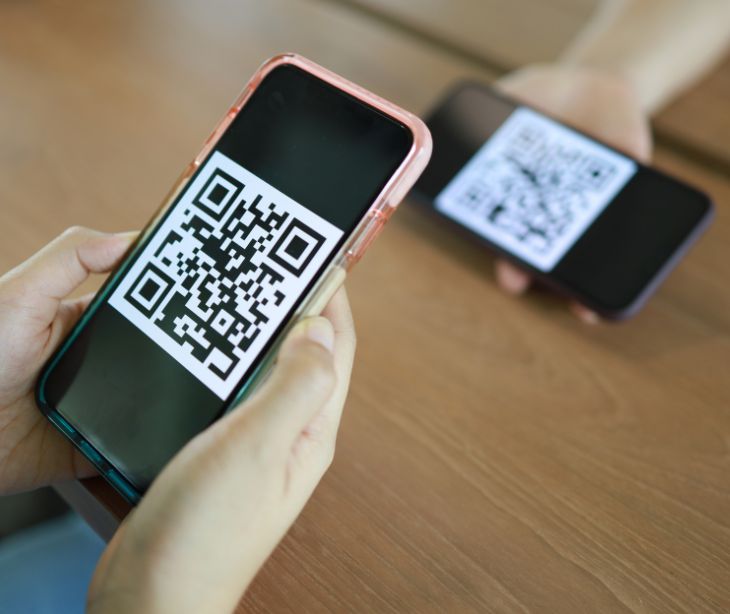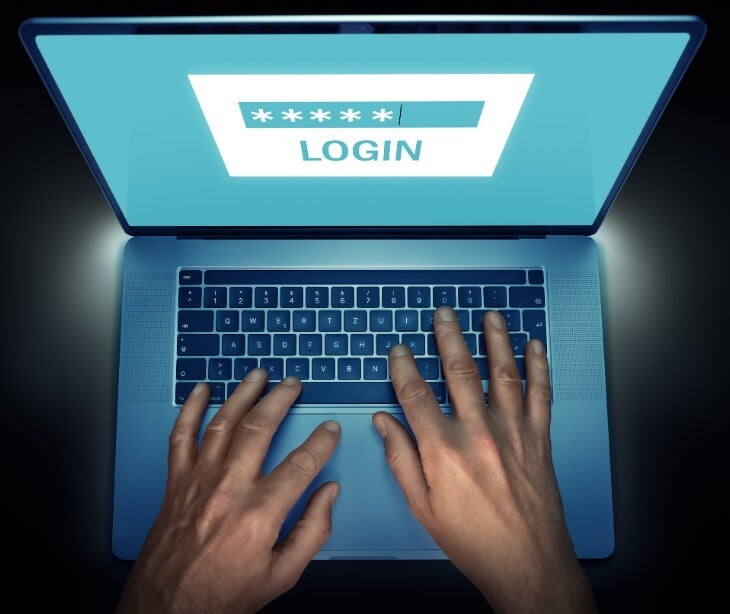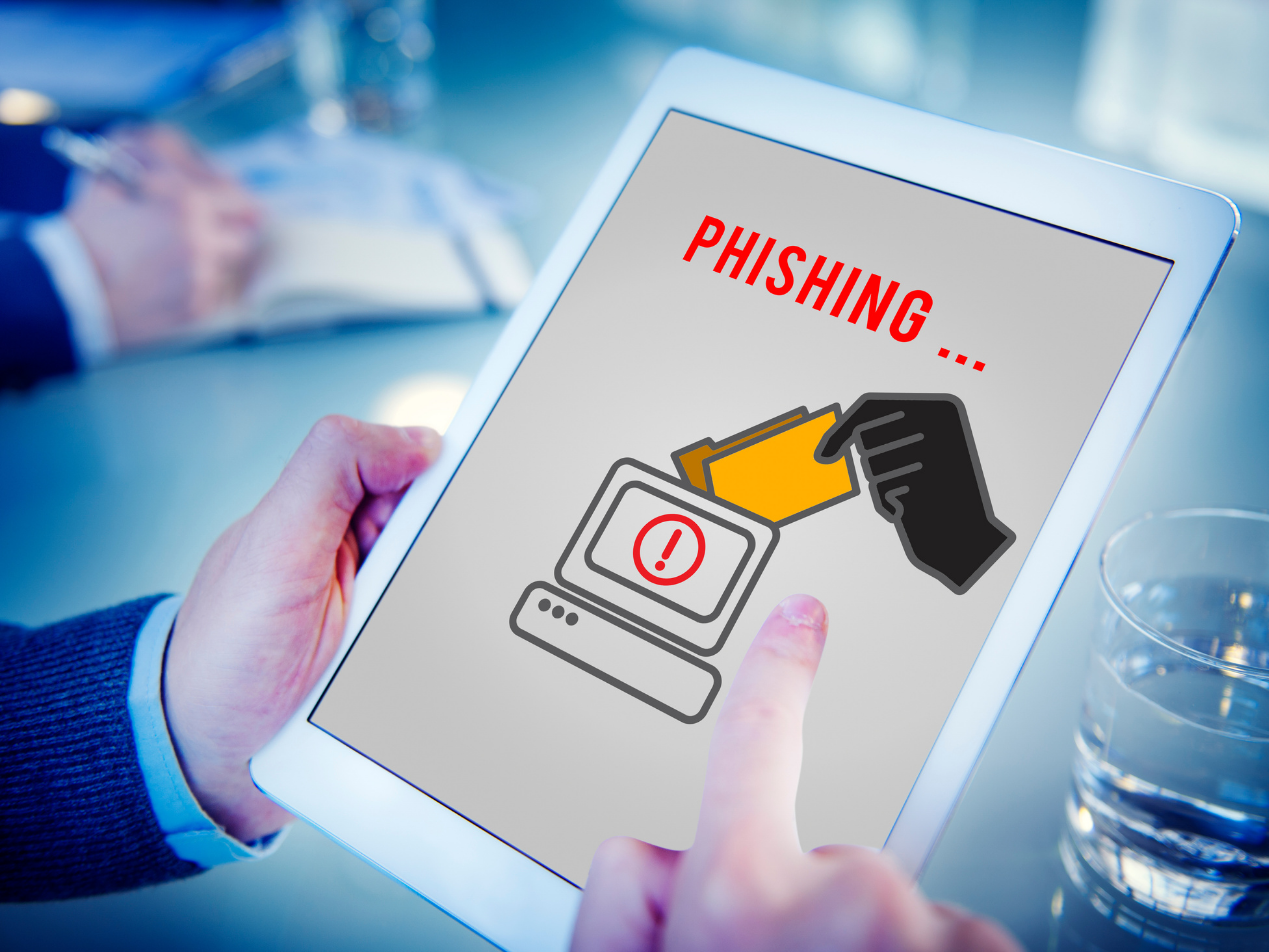2 min read
What is quishing? The QR code phishing scam explained
Tshedimoso Makhene
November 03, 2023

Quishing, also known as QR code phishing, is a phishing technique that involves QR codes to trick potential victims. Similar to other types of phishing attacks, the purpose is to steal sensitive information, install malware on your device, or make you visit a website.
What is a QR code?
QR codes (quick-response codes) are two-dimensional barcodes that can be scanned using a smartphone or other QR code reader apps. They are commonly used for legitimate purposes, such as linking to websites, making payments, or providing contact information. However, malicious actors have found ways to abuse QR codes for fraudulent activities.
How does quishing work?
Malicious QR code
Attackers create or manipulate QR codes to lead users to malicious websites or apps built to steal sensitive information, such as login credentials, financial data, or personal information.
Social engineering
The attacker may use social engineering techniques to lure victims into scanning the QR code. This can involve techniques like offering fake discounts, prizes, or promotions, or posing as a trusted entity, such as a bank or a well-known brand.
Data theft
Once the victim scans the QR code, they may be redirected to a fraudulent website that closely resembles a legitimate one. The victim is then prompted to enter sensitive information, which is captured by the attacker.
How does quishing impact HIPAA compliance?
Unauthorized access to patient data
In a healthcare setting, QR codes are sometimes used to access medical records or other sensitive patient information. If an attacker successfully tricks a healthcare worker or patient into scanning a malicious QR code, it could lead to unauthorized access to patient data, potentially violating HIPAA rules.
Data breaches
Quishing can result in data breaches if sensitive patient information is exposed, stolen, or misused. HIPAA mandates that covered entities and their business associates take appropriate measures to safeguard protected health information (PHI) and report breaches promptly.
Patient privacy violations
Quishing can compromise patient privacy and confidentiality as attackers gain access to patient records and other healthcare-related information.
Legal and financial consequences
HIPAA violations can lead to significant legal and financial penalties for covered entities and their business associates. This includes fines, legal actions, and potential damage to an organization's reputation.
How to mitigate the risk of QR code phishing
- Employee training: Ensure that all healthcare staff members are educated and trained on recognizing and responding to phishing threats, including those involving QR codes.
- Secure communication: Encourage using secure communication channels and methods for sharing sensitive patient information rather than relying solely on QR codes for access. HIPAA compliant email is a reliable, secure alternative.
- Implement strong authentication: Use multi-factor authentication (MFA) to verify the identity of individuals accessing patient data.
- Regular security audits: Conduct regular security assessments and audits to identify vulnerabilities and ensure that security measures are effective.
- Incident response plan: Develop a comprehensive incident response plan to address any potential breaches promptly, as required by HIPAA.
Subscribe to Paubox Weekly
Every Friday we'll bring you the most important news from Paubox. Our aim is to make you smarter, faster.




